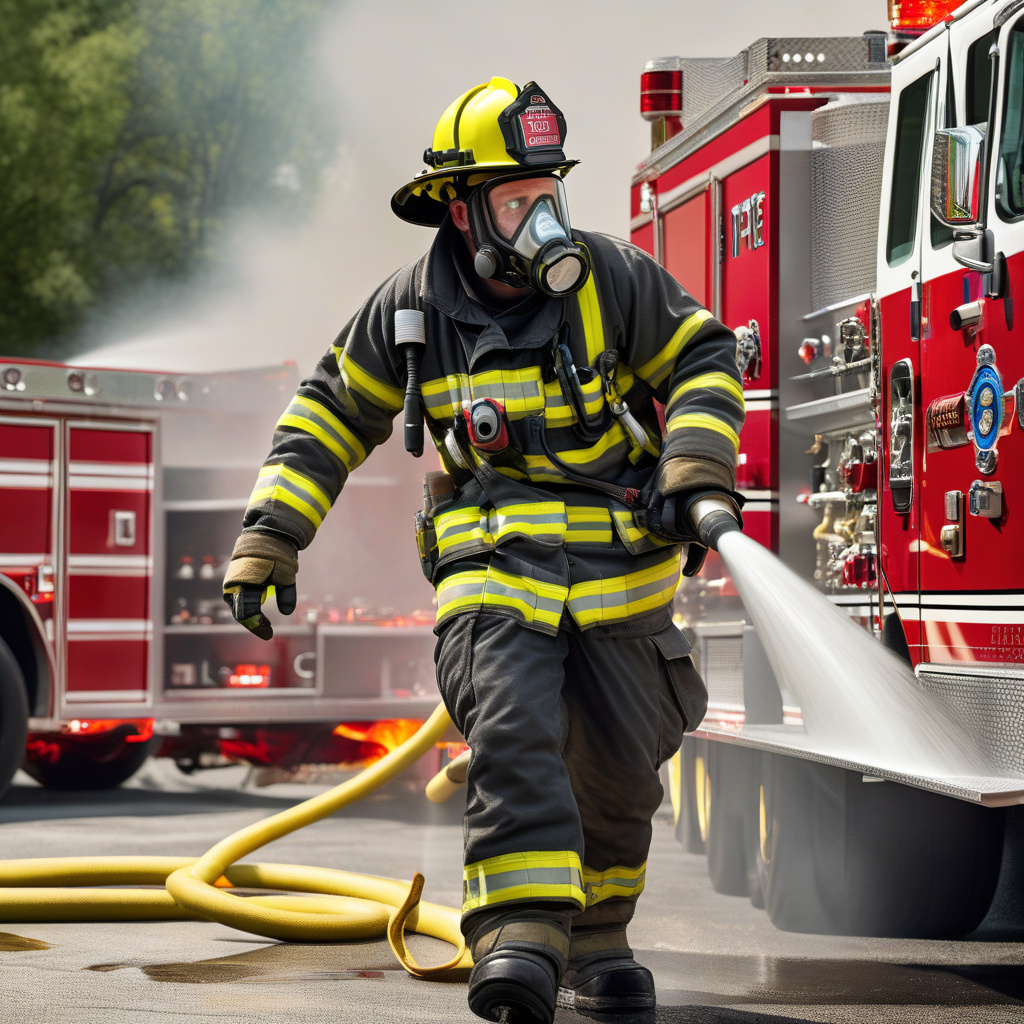PFAS in Firefighting Foams: Transitioning to a PFAS-Free World
The Innovation Platform explores the rapidly increasing regulations on the use of PFAS in firefighting foams across the globe. Historically, per- and polyfluoroalkyl substances (PFAS) have been widely used in firefighting foams due to their effectiveness in suppressing flammable liquid fires. However, global concern around these substances has grown significantly in recent years, as their impact on human health and the environment has become more evident.
PFAS are a group of human-made chemicals that have been used in a variety of consumer products and industrial applications for decades. In the case of firefighting foams, PFAS have been valued for their ability to quickly extinguish fires involving flammable liquids, making them a critical tool for firefighting professionals. However, the widespread use of PFAS has led to their accumulation in the environment, where they persist for a long time without breaking down.
The environmental persistence of PFAS is a major concern because these chemicals can leach into groundwater and contaminate water sources, posing a risk to human health. Studies have linked PFAS exposure to various health issues, including cancer, immune system disorders, and developmental delays. As a result, regulatory agencies around the world are taking action to restrict the use of PFAS in firefighting foams and other products.
In the United States, the Environmental Protection Agency (EPA) has established health advisory levels for two common PFAS compounds, perfluorooctane sulfonate (PFOS) and perfluorooctanoic acid (PFOA), in drinking water. Several states have also implemented their own regulations to limit PFAS contamination, including bans on the use of PFAS in firefighting foams except for emergency situations.
In Europe, the European Chemicals Agency (ECHA) has classified PFAS as substances of very high concern due to their hazardous properties. The EU has adopted restrictions on the use of PFAS in various applications, including firefighting foams, as part of its commitment to protecting human health and the environment.
Transitioning to PFAS-free firefighting foams presents both challenges and opportunities for the industry. While finding effective alternatives to PFAS can be a complex process, innovative companies are developing new foam formulations that meet firefighting standards without relying on harmful chemicals. These PFAS-free foams are biodegradable and have a lower environmental impact, addressing the concerns raised by regulators and environmental advocates.
For instance, fluorine-free firefighting foams utilize alternative surfactants and additives to achieve fire suppression capabilities without the use of PFAS. These foams have been tested in real-world fire scenarios and have demonstrated comparable performance to traditional PFAS-containing foams. By investing in research and development, firefighting foam manufacturers can ensure that PFAS-free products meet the high standards of effectiveness and safety expected by firefighters and regulatory agencies.
In conclusion, the transition to a PFAS-free world for firefighting foams is a necessary step to protect public health and the environment from the harmful effects of these persistent chemicals. By embracing innovation and sustainable practices, the firefighting industry can continue to safeguard communities while reducing its impact on the planet. As regulations on PFAS tighten globally, companies that proactively adopt PFAS-free solutions will not only comply with the law but also demonstrate their commitment to safety and sustainability.
#PFAS, #FirefightingFoams, #Innovation, #EnvironmentalProtection, #Sustainability











